Fair maps return to the center stage at the U.S. Supreme Court this month.
Want to read up more about each of the three cases? Check out our synopses for each below:
MARCH 18– Bethune-Hill v. Virginia State Board of Elections– Virginia’s racial gerrymander. This case argues that Virginia’s state legislative maps were drawn to intentionally pack black voters in as small a number of districts as possible, unconstitutionally limiting their representation in office and unfairly diminishing their political capital. This case comes just a few years after a federal judge threw out Virginia’s congressional map for the same reason. The Supreme Court has ruled against racial gerrymandering several times over the decades, something we hope continues in 2019. [Read more on Oyez]
MARCH 26– Benisek v. Lamone– Maryland’s Democratic gerrymander. Maryland Democrats, including former-Gov. Martin O’Malley, have stated they drew their congressional maps in order to knock off a sitting Republican incumbent and move the state’s congressional delegation from 6-2 (Dem) to 7-1. [Read more from SCOTUS Blog]
MARCH 26– Common Cause v. Rucho– North Carolina’s Republican gerrymander. On March 26th, the Supreme Court also will hear arguments for North Carolina’s infamous congressional maps. The North Carolina GOP bragged about their maps publicly, saying their 11-3 advantage existed only because they couldn’t figure out how to draw themselves a 12-2 advantage against the Tar Heel State Democrats. [Read more from SCOTUS Blog]
The cases the Supreme Court will hear on March 26, one Democratic gerrymander and one Republican, illustrate that the stain of gerrymandering on our nation is bipartisan.
We hope the Supreme Court will take this opportunity to end this despicable practice once and for all.
